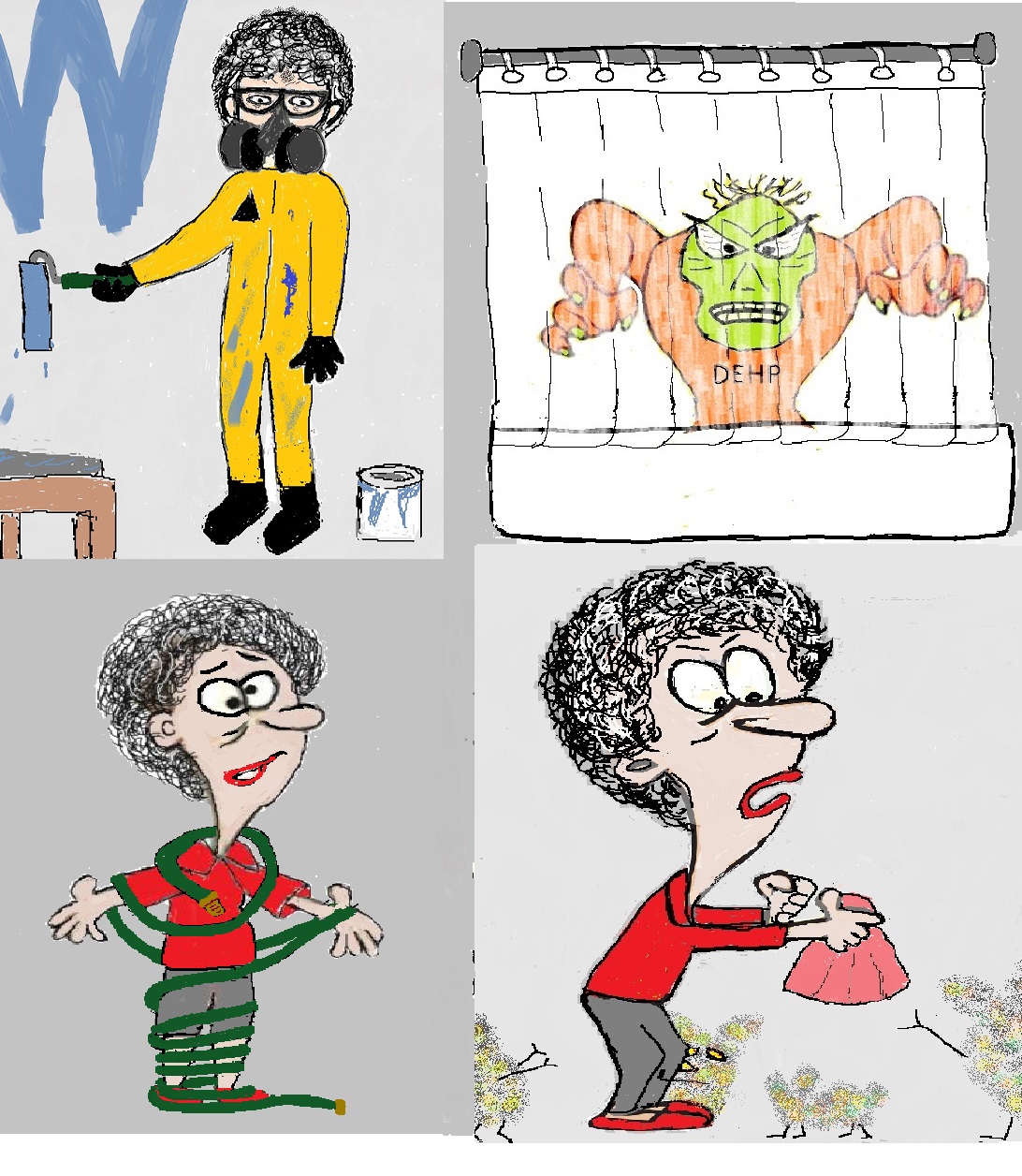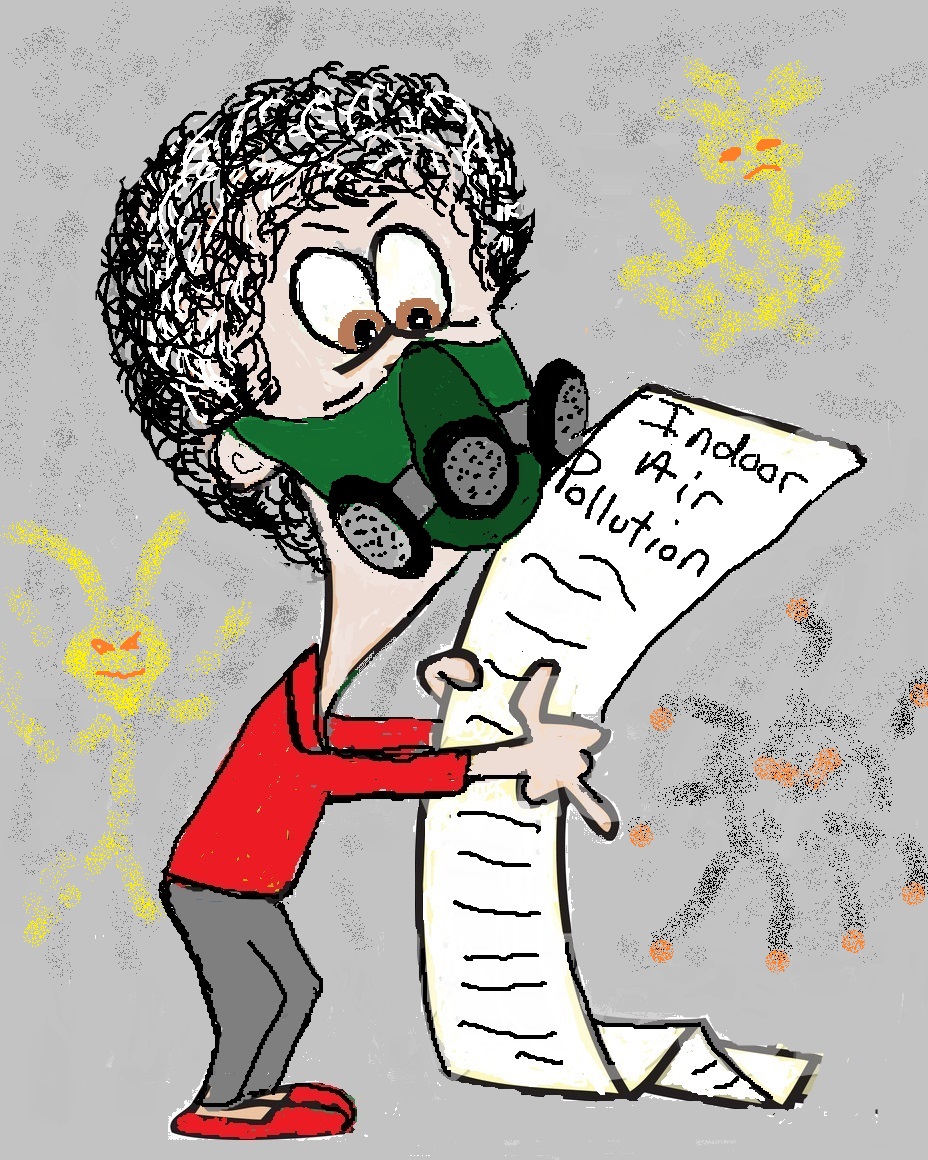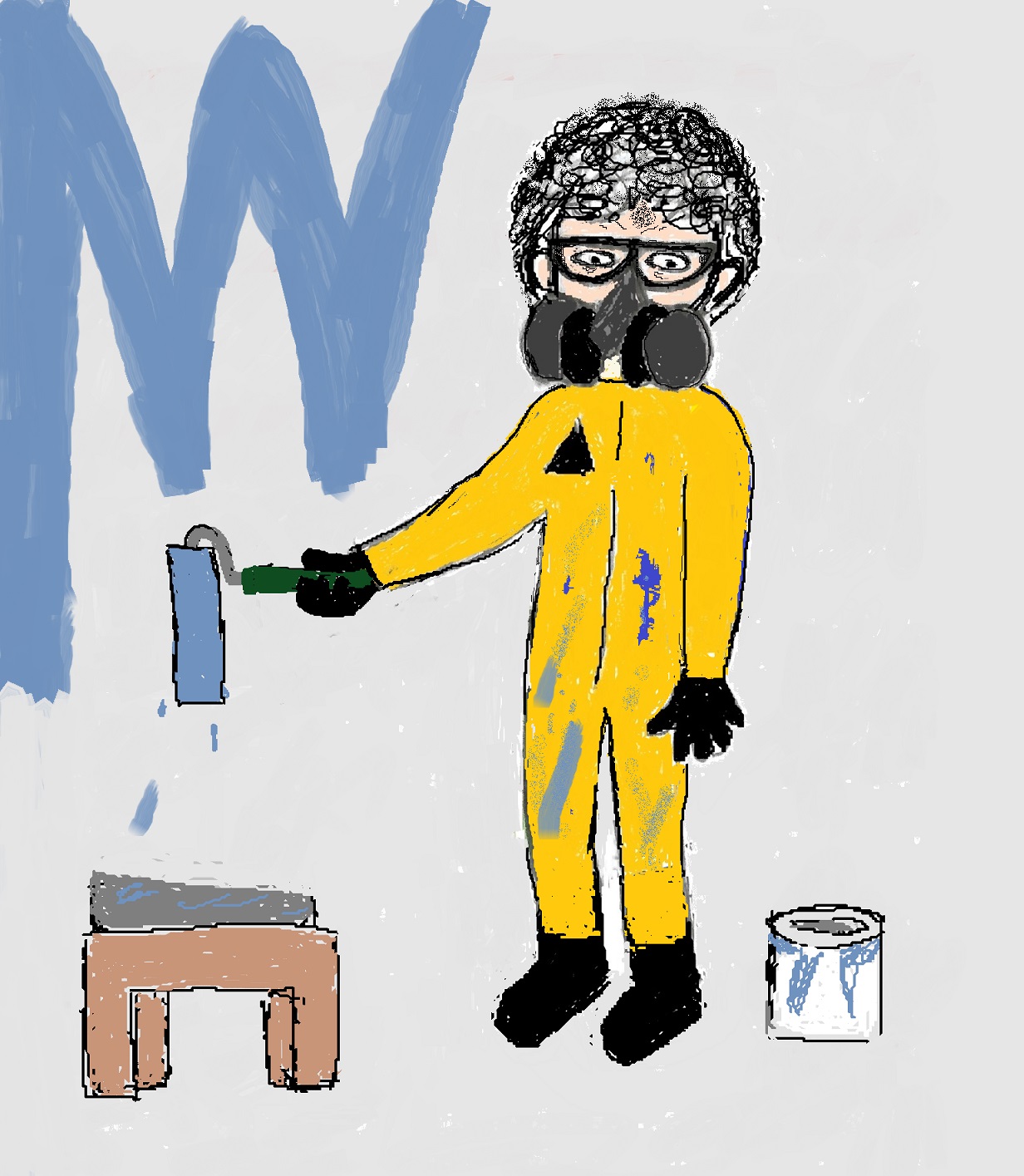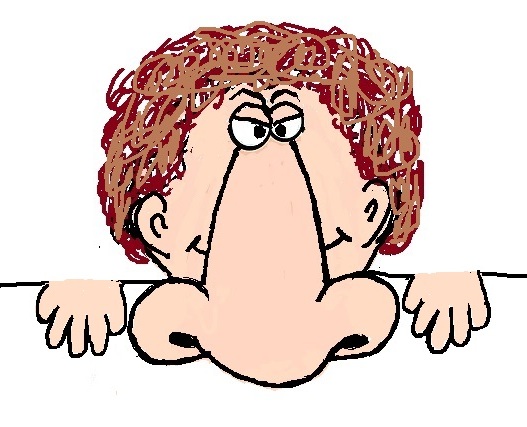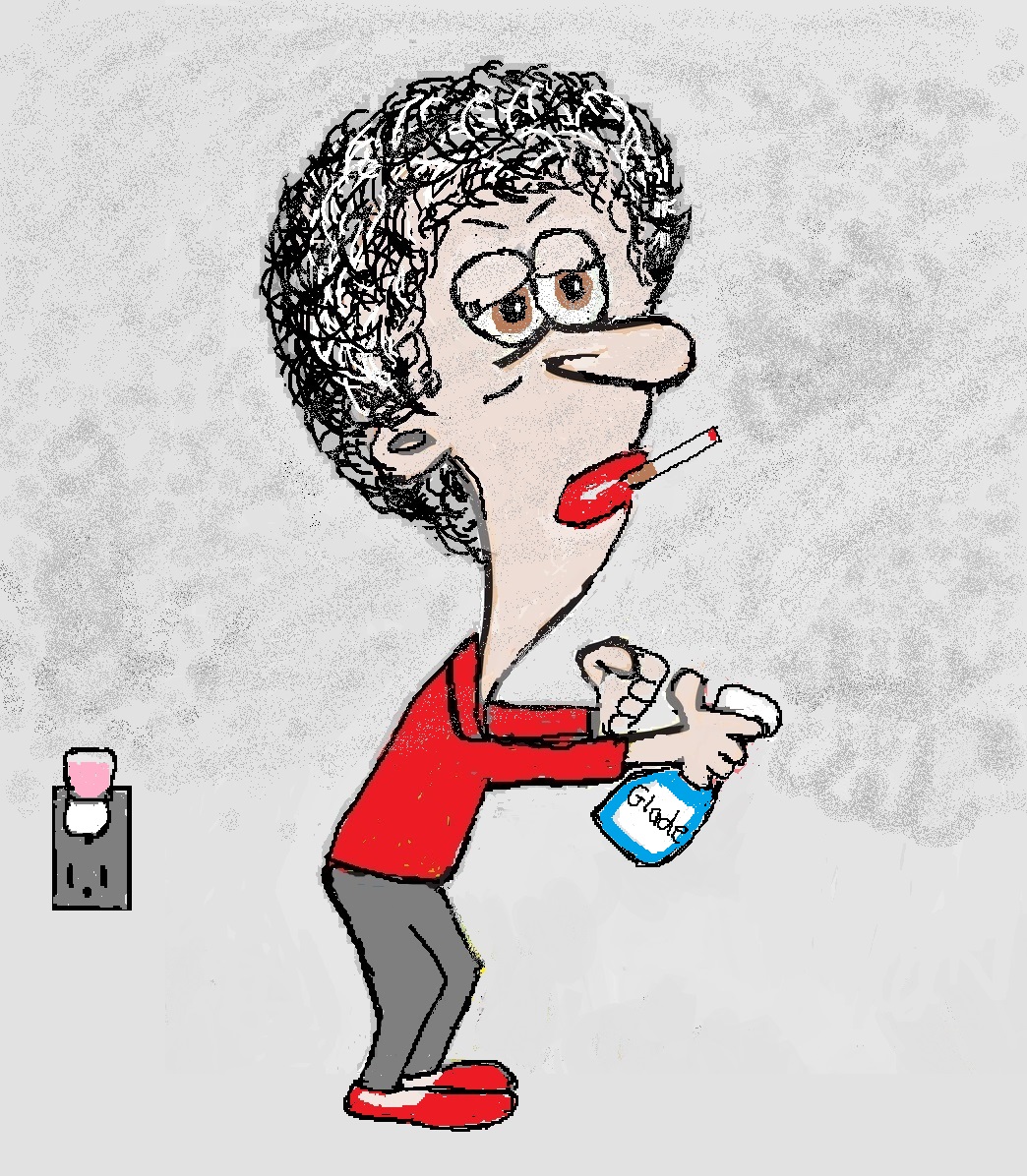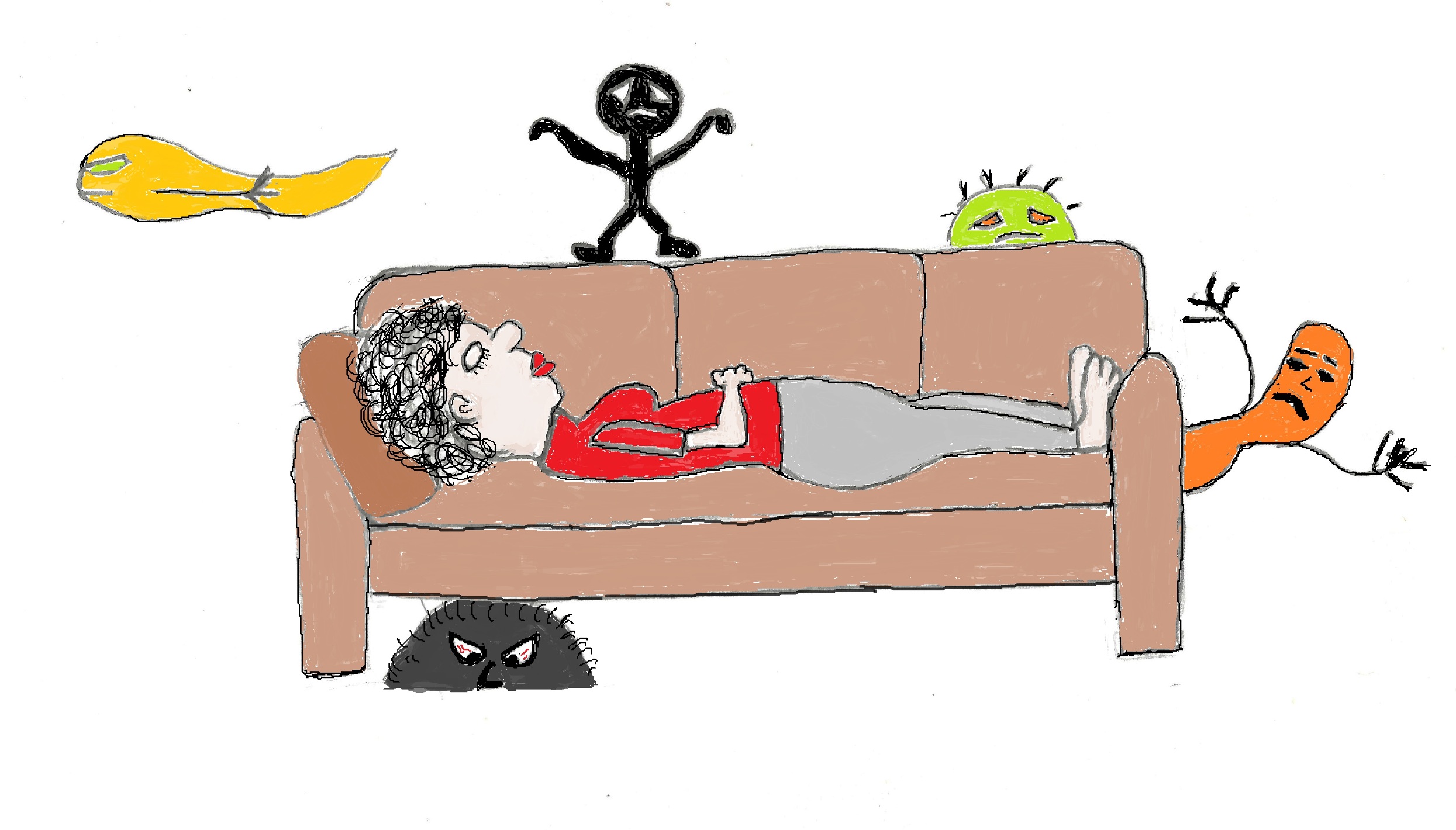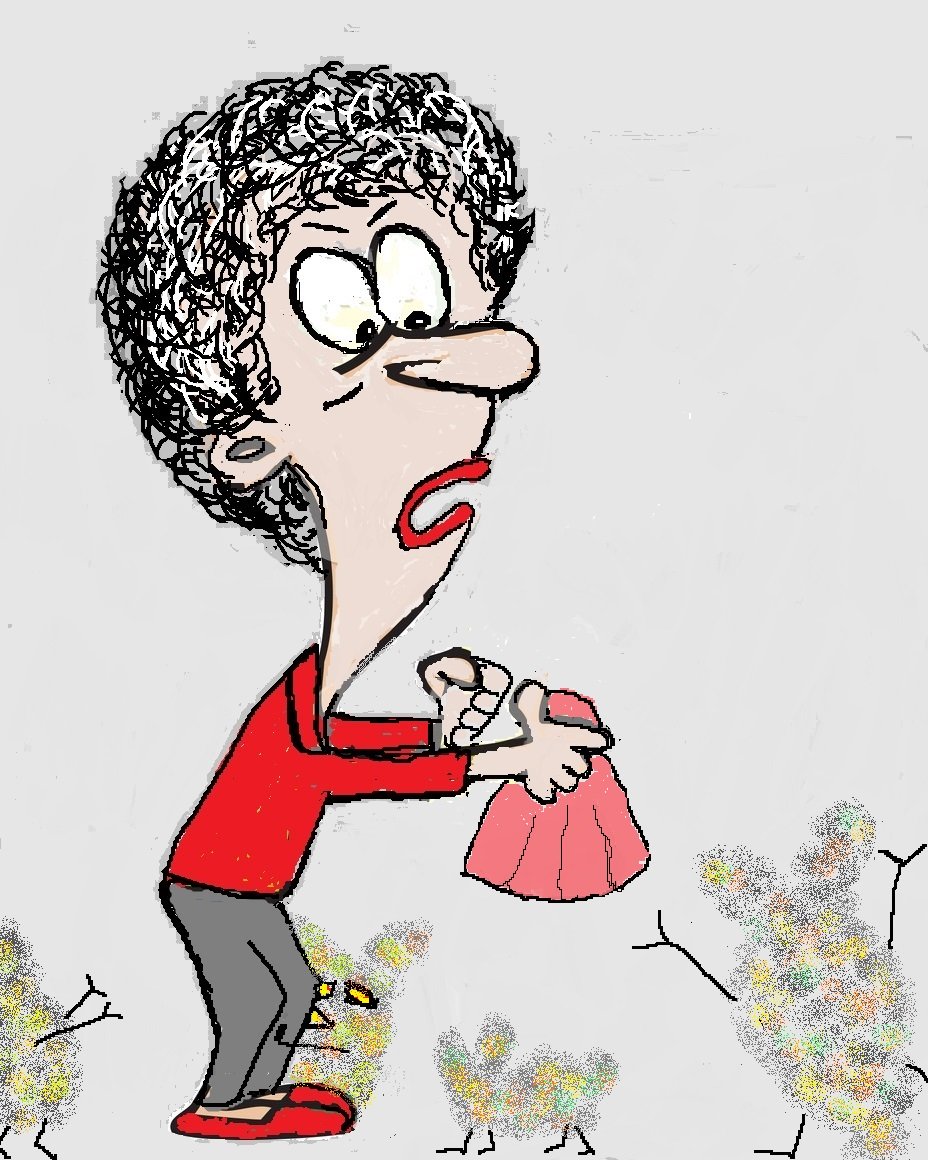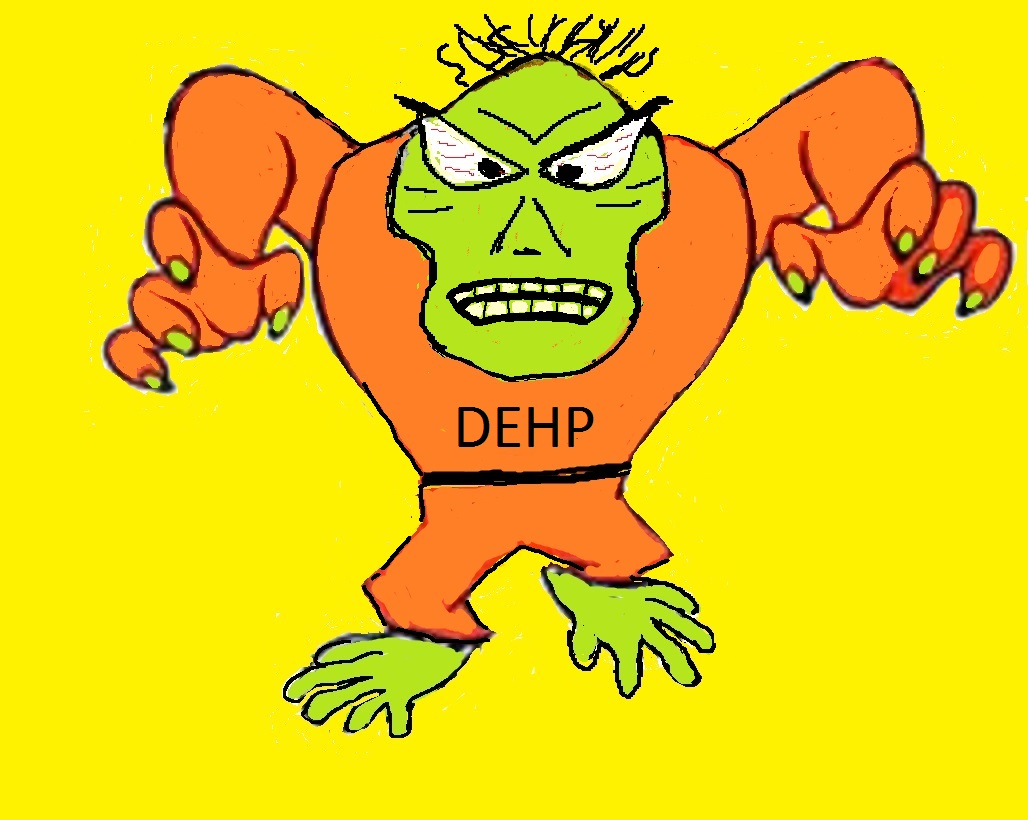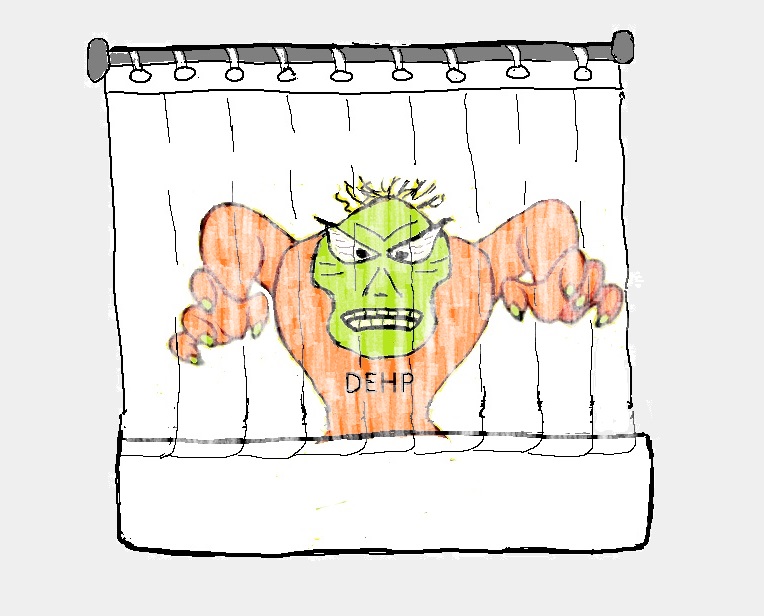- Home
- Toxic Chemicals in Household Products
Toxic Chemicals in Household Products
Toxic Chemicals in Household products come from an amazing amount and variety of sources. Everything from fabric softener to stain resistant carpet increases your exposure to chemicals that affect your health.
Many of these toxic chemicals are released into your homes's air as gases (VOCs). That means you're exposed to harmful chemicals simply by breathing in your home.
Some of the toxic chemicals in household products are semi-violatile (SVOC), meaning they eventually condense in to liquid form and are absorbed into the soft surfaces in your home and attach to house dust.
And what most toxic household products have in common is they pollute your indoor air.
Toxic Chemicals in Your Indoor Air
Indoor air pollution is 10 times worse than outdoor air pollution. Because many of the products you use in your home pollute your air.
Indoor air pollutants are toxic chemicals that circulate in buildings. They are found in your home and other buildings as volatile (VOC) and semi volatile (SVOC) organic compounds and particles.
Dozens of VOCs can be admitted from a single product. Numerous studies have found the presence of anywhere from 50 to hundreds of different VOCs can be in your indoor air at any one time.
The toxic chemicals in household products that pollute your indoor air come from high VOC products like paint and scented products, cleaning and laundry products, pesticides, and products that release pthalates and toxic forever chemicals.
Scented Products
Scented products are major culprits in indoor air pollution.
There are 3,060 possible chemicals that can make up a fragrance. Most fragrances are made of a dozen to 100 of them. Many are volatile organic compounds (VOCs) that are released into your homes air.
In fact, an average of 17 different VOCs are released from each product with fragrance. The most commonly detected fragrance chemicals are limonene from citrus and pinene from pine.
These chemicals don’t sound dangerous but they are because they both react easily with other indoor air toxins to release secondary pollutants like cancer-causing formaldehyde into your air.
Exposure to fragrance chemicals can also cause and exacerbate asthma, cause migraines and other neurological problems like dizziness and seizures, and cause rashes and hives.
And products with fragrance emit endocrine disrupting phthalates because this toxic chemical is used as a stabilizer and a carrier for fragrance.
Toxic Chemicals in Cleaning Products
Conventional cleaning and laundry products are also a notorious source of indoor air pollution. This is because many of the toxic ingredients in cleaners evaporate easily (VOCs). You can also absorb the toxic chemicals in cleaning products through your skin.
Reading labels won’t help you avoid the chemicals in these products that disrupt your endocrine system and cause asthma, lung inflammation, asthma-like symptoms and other respiratory problems.
That's because manufacturers aren't required to list the ingredients on the labels. Sometimes they'll list vague categories like surfactants and fragrance that could be any of hundreds of different chemicals.
Most of what is known about the chemicals in cleaning products comes from researchers. For example, a 2014 study found 132 chemicals in the 105 cleaning products that were tested. The main groups of chemicals that were identified in the cleaners included fragrance, glycol ethers, surfactants and disinfectants.
Surfactants
Surfactants are the active cleaning agents in detergents. Surfactants are chemicals that act to promote the breakdown of soil from surfaces (detergent) and the suspension of that soil in liquid (emulsifier) so that it doesn't redeposit. It also helps make cleaning products foamy. They are usually derived from petrochemicals.
Examples of surfactants are: sodium lauryl ether sulfate and nonylphenol ethoxylate (both are endocrine disruptors). Commonly used surfactants include monoethanolamine (MEA) and diethanolamine (DEA). Both can cause asthma and allergies. Plus, MEA can react with other chemicals in cleaners to form cancer-causing toxins like nitrosamines.
Glycol Ethers
Glycol ethers are federally regulated toxic chemicals that include over 30 different esters of ethylene glycol and propylene glycol. They are used to dissolve fatty substances. Health effects from exposure include asthma, allergies, endocrine disruption, reproductive problems and low sperm mobility.
Some types of glycol ethers found in cleaning products are 2 Butoxyethanol, a lung irritant and possible carcinogen that may cause liver damage, and 4-t-nonylphenol, an endocrine disruptor that mimics estrogen.
BuildersBuilders enhance the action of surfactants.
Examples of builders are: sodium tripolyphosphate (STPP); ethylenediamine tetraacetic acid (EDTA)(kills cells and damages DNA), , hydroxyethylene diamine triacetic acid (HEDTA) (a hazardous chemical with unknown health effects), dihydroxyethyl glycine (DEG), and triethanolamine.
Disinfectants
Disinfectants or sanitizers, kill microorganisms that cause odor and spread disease (bacteria, fungi and viruses).
One of the most common types of disinfectants found in cleaners are quaternary ammonium compounds (quats). Quats are known to cause asthma and allergies. Some are also endocrine disruptors and contribute to the formation of cancer-causing nitrosamines and release formaldehyde.
A type of quat found in Lysol and Clorox disinfectant cleaners is Alkyl dimethyl benzyl ammonium chloride. According to Environmental Working Group, this chemical poses a high risk for human health and can affect the organs and systems in your body, including your respiratory system.
Preservatives
Preservatives can prevent detergent spoilage during storage. Generally, preservatives are only required in liquid cleaning products.
Some examples of preservatives are glutaraldehyde, EDTA (both linked to asthma and allergies), formaldehyde or formalin (a known carcinogen) and BHT (a probable carcinogen).
Toxic Chemicals in Laundry Products
Like cleaning products, laundry detergent and fabric softeners contain surfactants, glycol ethers, builders, disinfectants, preservatives and fragrance.
Laundry products also include optical brighteners (blue and white fluorescent dyes). These dyes give the illusion that your clothes are cleaner.
They leave a residue on your clothes that reflect light and make clothes look brighter, with more vivid colors. That means toxic chemicals are constantly in contact with your skin and are breathed in.
Besides the chemical residues left on your clothing, some of the chemicals in detergent become airborne when washing and drying and wearing your clothes.
And the magic behind fabric softeners is that they make fabrics feel soft by coating them with chemicals. These chemicals coating your clothes can be absorbed through your skin and inhaled as you wear your clothes.
You’re exposed to these chemicals when they’re absorbed through your skin and when you inhale them while you're cleaning your home. And these chemicals linger in your home, absorbing into drywall and furniture and attaching to dust.
Toxic Chemicals in Pesticides
Pesticides are designed to kill things. Insects, weeds, mammals, bacteria - basically anything that we don’t want invading our space. So by their very nature they are toxins. There are an estimated 600 different chemicals in the 200,000 pesticides on the market. Many of them can make you sick.
According to Beyond Pesticides.org, of the 30 most commonly used pesticides, 17 can cause cancer, 18 are endocrine disrupters, 19 have reproductive effects, 24 can cause liver and kidney damage, 25 are irritants and 11 may cause birth defects. Seventy-five out of 99 human studies that were done on lymphoma and pesticide exposure found a link between the two.
And pesticides also contain secret inert ingredients. And many of these are as toxic as the active ingredients.
Insecticides
Most indoor insecticides, including those you use on your pets, contain some type of Pyrethroids. These are amped up synthetic versions of natural chemicals found in chrysanthemums (the natural chemicals breakdown quickly in sunlight so they are less effective).
Types of pyrethroids, like bifenthrin, cypermethrin and permethrin, are commonly found in the most popular household insecticides. They are available in the form of powders and sprays to control ants, mosquitoes, fleas, flies, and cockroaches.
They are also possible carcinogens, endocrine disruptors linked to developmental and reproductive effects, toxic to your nervous system and can cause asthma-like reactions with exposure.
When you use them in your home you’re risking your health. You’re exposed to them not only during application but also from the pesticide residues that linger in your home.
For example, studies on pesticide levels in homes after setting off flea bombs found pyrethroid residues remain for weeks. And the highest levels are near the floor - putting pets and children at greatest risk.
And you know what? There is really no reason to expose yourself to pyrethroids just to keep your home and pets bug-free.
Herbicides
Do you spray your weeds away and keep your yard suburb appropriate with weed-n-feed? Then you're using herbicides that are toxic to more than just weeds.
Weed killers like Roundup contain Glyphosate and it is probably carcinogenic to humans. But that's only the tip of the iceberg when it comes to the dangers of using Roundup.
Animal studies and human studies of exposure have found that glyphosate can affect your health in a bunch of different ways. It's also an endocrine disruptor and affects your gut health.
Weed and feed lawn products contain the toxic pesticide 2,4-D, which was also in Agent Orange. The Material Safety Data Sheet (MSDS) on 2,4-D suggests to “avoid contact with skin, eyes or clothing. When using this product, wear long‐sleeved shirt, long pants, socks, shoes, and rubber gloves. Remove and wash contaminated clothing before reuse.”
2,4-D is an endocrine disruptor and causes lymphoma in humans and dogs.
The good news is you don't need to expose yourself to glyphosate and 2,4-D. There are effective and less toxic alternatives.
Phthalates From Plastic and Vinyl Products
Phthalates are a group of chemicals used to soften and increase the flexibility of plastic and vinyl. They are not bound to the products they are in so they leach out easily.
Phthalates are Semi Volatile Organic Compounds (SVOCs) that are easily released into your homes air. And lots and lots of products contain these toxic chemicals.
Studies that measure the toxins in indoor air consistently report high levels of phthalates in the air. In fact, air concentrations of phthalates are approximately 10 times higher indoors than outdoors.
And high levels are also found in house dust. That's because phthalates are released as a gas, but can return to liquid form and attach to dust.
Some main sources of phthalates in your home are vinyl products and products that contain fragrance. And exposure is linked to endocrine system disruption, diabetes, infertility, decreased sperm count, obesity, and worsening of allergies and asthma.
Products With Toxic Forever Chemicals
PFASs like PFOA, PFOS, PFBA, and PFBS are volatile organic compounds (VOCs). That means they easily evaporate into the air in your home from products that contain them. And they can also condense and attach to house dust and surfaces in your home.
Though PFAS can be detected in outdoor air, the concentrations of these toxic forever chemicals in indoor air could be 100 times greater than that measured outside. This is because of the widespread use of PFAS in stain-resistant coatings for furniture, flooring, and fabrics and even some cosmetics.
You can inhale these toxic forever chemicals and they can be absorbed through your skin when your wear stain and water repellant clothing and sit on treated furniture and rugs.
Toxic forever chemicals have been linked to a bunch of health problems, including developmental delays, liver damage, immune suppression, disruption of endocrine and reproductive systems, and some cancers.
Recent studies have also found that PFAS levels in dogs and cats are similar to their humans. The proximity of small children and household pets to PFAS-treated carpets and floors is a growing health concern.
To learn more about toxic forever chemicals check out the following posts.
